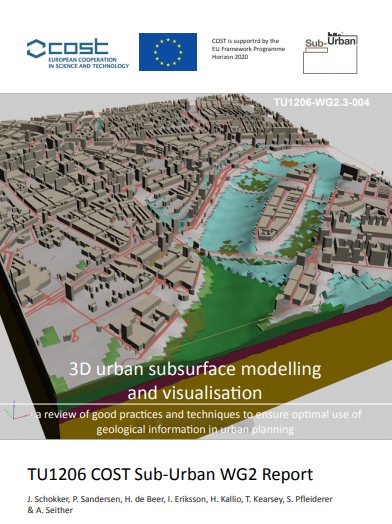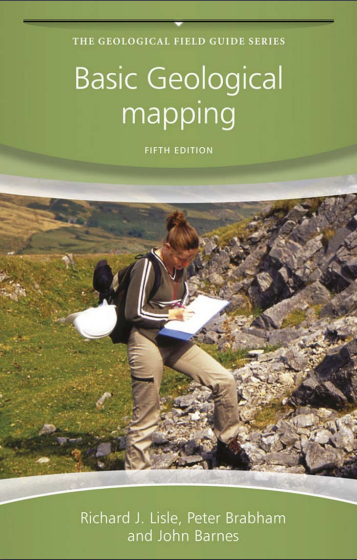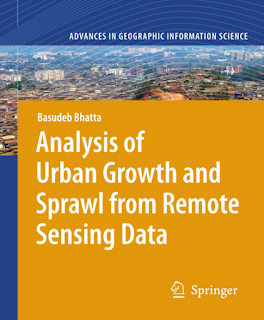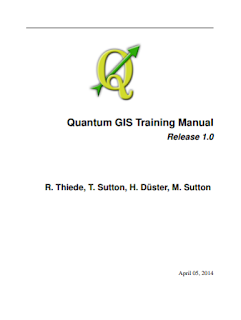Overview of the book
Remote sensing is a mechanism for collecting raster data or images, and remotely sensed images represent an objective record of the spectrum relating to the earth surface materials. Information extraction from physical properties and chemical composition of the those images is, on the other hand, an entirely foci will derive very different thematic information subjective process. People with differing application from the same source image.
Image processing thus For more in‐depth analysis, the images need to be becomes a vital tool for the extraction of thematic and/or quantitative information from raw image data.
analysed in conjunction with other complementary truth’ data, logistical and infrastructure information; data, such as existing thematic maps of topography, geomorphology, geology and landuse, or with geochemical and geophysical survey data, or ‘ground and so here comes GIS, a highly sophisticated tool for to be covered in one book. As illustrated in Fig. 0.1, our the management, display and analysis of all kinds of spatially referenced information. Remote sensing, image processing and GIS are all extremely broad subjects in their own right; far too broad.
The application cases are biased toward the earth sciences but the image processing and GIS techniques are book is aimed at the overlap between the three disciplines, providing an overview of essential techniques and a selection of case studies in a variety of application areas, emphasizing the close relationship between them.generic and independent of any software, and therefore and with conceptual illustrations. For image processing transferable skills suited to all applications.The book has been written with university students and lecturers in mind as a principal textbook. For students’ needs in particular, we have tried to convey knowledge in simple words, with clear explanations much mathematical detail. The result is intended to be and GIS, mathematics is unavoidable, but we understand that this may be off‐putting for some. To minimize such effects, we try to emphasize the concepts, explaining in common sense terms rather than in too a comprehensive yet ‘easy learning’ solution to a fairly
challenging topic.
There are sections providing extended coverage of
some necessary mathematics and advanced materials
for use by course tutors and lecturers; these sections will
be marked as such. Hence the book is written for both
students and teachers. With many author‐developed
techniques and recent research case studies, it is also an
excellent reference book for higher level readers
including researchers and professionals in remote sensing application sectors.
In this book, we have presented a unique combination
of tools, techniques and applications that we hope will
be of use to the full breadth of geoscientific and remote
sensing communities.
The book begins with the fundamentals of the core image processing tools used in
remote sensing and GIS with adequate mathematical
details in Part I, then it becomes slightly more applied
and less mathematical in Part II to cover the wide scope
of GIS where many of those core image processing tools
are used in different contexts. Part III contains the
entirely applied part of the book, where we describe a
selection of cases where image processing and GIS have
been used, by the authors, in teaching, research and
industrial projects in which there is a dominant remote
sensing component.
Since the publication of the first edition in 2009, we
have been pleasantly delighted and encouraged by the
interest in this book, and comments from students and
colleagues alike have stimulated us to produce this second edition.
In making the explanations of the book
generic and not tied to any particular software, we
attempted to ‘future‐proof’ its content in the first
edition. Inevitably, however, there are many small
things that have needed to be updated in this second
edition. We have implemented minor updates to all
the main chapters in Parts I and II. A completely new
chapter on sub‐pixel technology and image phase correlation has been added in Part I (Chapter 11), which
is based on new and ongoing research in this area.
Part III has been considerably enhanced with more recent case studies to include new data and/or other
new complementary research where relevant.
We also take this opportunity to acknowledge the many
data sources that we have made use of in this book. These
include NASA’s 40‐year Landsat archive (without which
much of our daily work would be impossible), ESA radar
image archive (ERS and Envisat), Aster GDEM and SRTM
global elevation data, ESRI’s online knowledge base, and
the NERC (Natural Environment Research Council, UK)
airborne campaign (Airborne Thematic Mapper).
Images are both the principal input and product of
remote sensing and GIS, and they are meant to be visualised! The e‐version of the book therefore now contains
hyperlinks to high resolution digital versions of the
images and illustrations, allowing the reader to examine
the details at pixel level and to appreciate the effects of
particular processing techniques such as filtering, image
fusion, and so forth.


























